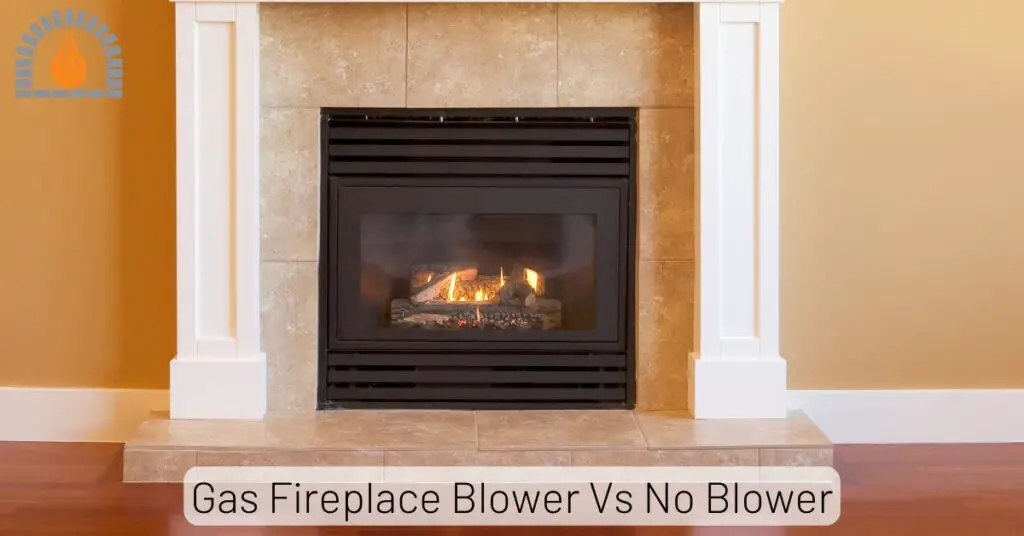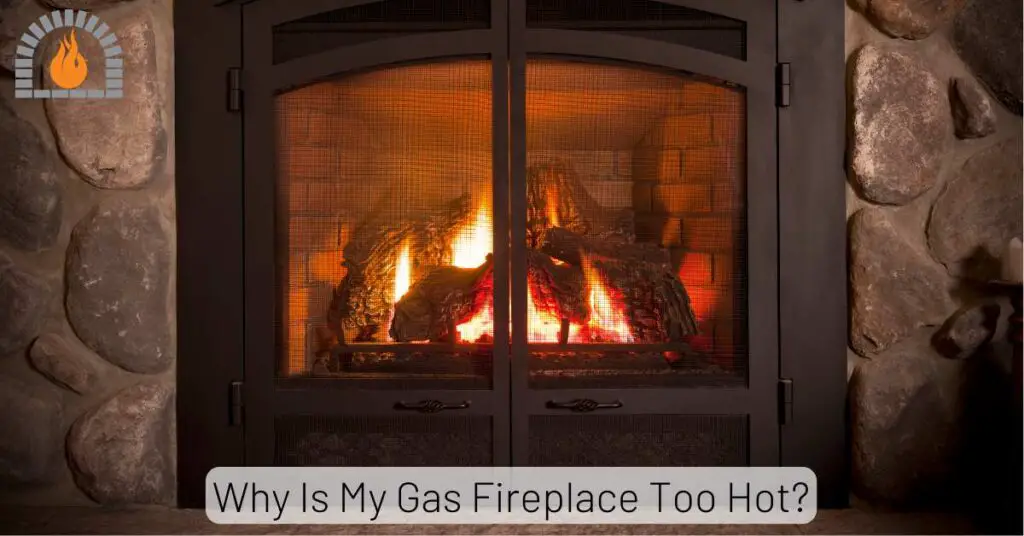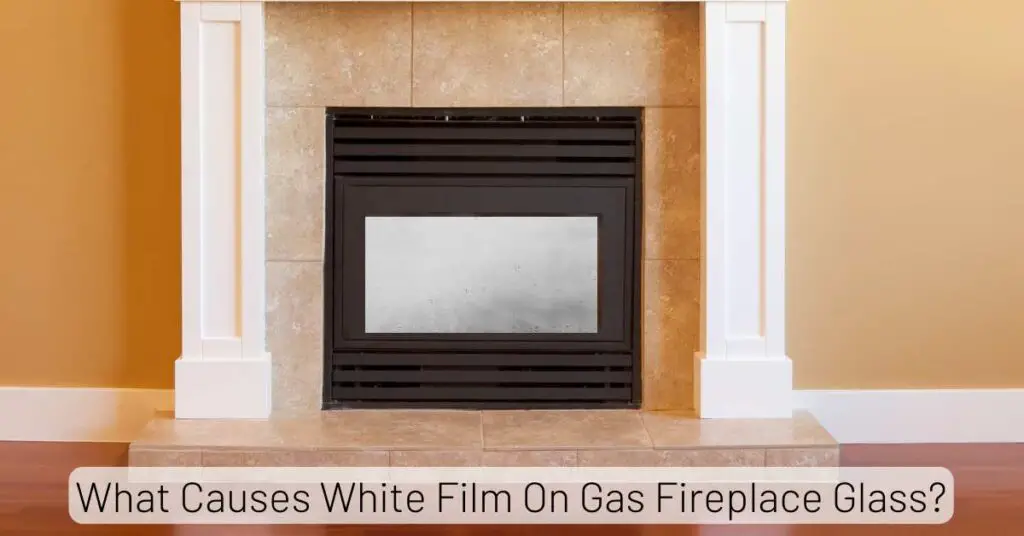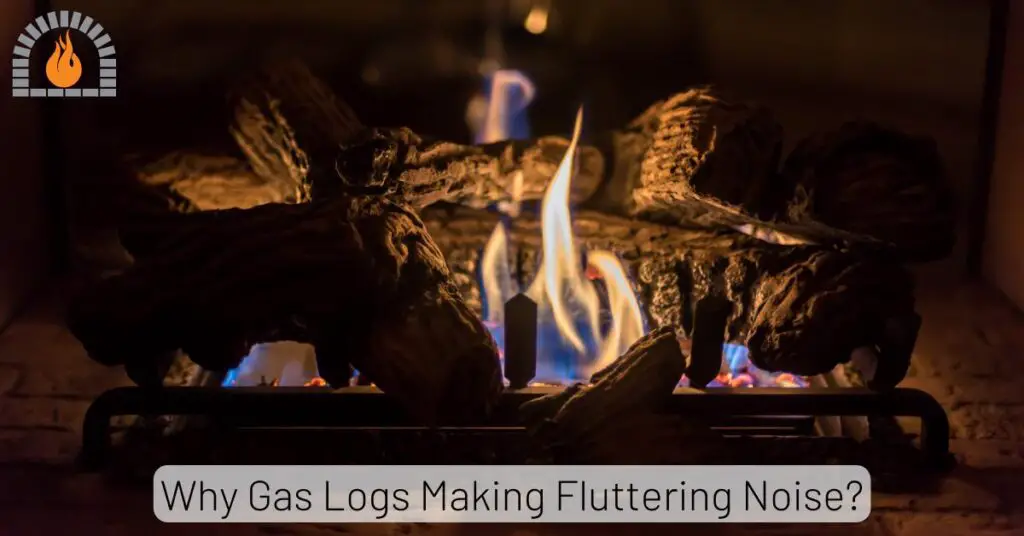A gas fireplace can bring warmth and coziness to any living space, but what happens when water starts dripping into it? Dealing with water intrusion in a gas fireplace can be a perplexing and concerning issue for homeowners.
Overview
What causes water dripping in a gas fireplace? Water dripping in a gas fireplace can be attributed to several factors. The most common cause is condensation, which occurs when warm, moisture-laden air generated by the fireplace’s combustion process meets cooler surfaces within the unit or chimney.
Issues such as a leaking chimney, compromised seals, faulty installation, or roof leaks can lead to water entering the fireplace. Inadequate ventilation in the fireplace room might elevate humidity levels, resulting in condensation.
Common Causes of Water Dripping into Gas Fireplace
Condensation
Gas fireplaces produce heat, and combustion can create water vapor as a byproduct.
When this warm, moisture-laden air comes into contact with cooler surfaces, such as the fireplace’s interior or the chimney, it can condense into water droplets.
This is common, especially when temperature differences are more pronounced in colder weather.
Leaking Chimney
If the chimney or flue is not properly sealed or maintained, rainwater can enter the chimney and eventually enter the fireplace.
Chimney leaks can result in water dripping or pooling in the fireplace.
Roof Issues
If leaks in the roof above the fireplace, water could be finding its way down and dripping into the fireplace.
This can happen if the flashing around the chimney is damaged or improperly installed.
Poor Ventilation
In some cases, poor ventilation in the room where the fireplace is located can lead to increased humidity levels.
Poor ventilation can cause condensation to form on various surfaces, including the fireplace.
Faulty Installation or Seals
If the gas fireplace is not installed correctly or there are issues with the seals and gaskets, outside moisture can infiltrate the fireplace and cause water dripping.
Cracks in the Chimney
Over time, the chimney can develop cracks or other structural issues that allow water to enter. This can lead to water dripping down into the fireplace.
Cap or Cover Issues
If the chimney cap or rain cover is damaged, missing, or improperly installed, it can allow rainwater to enter the chimney, which can then find its way into the fireplace.
How to fix water dripping into gas fireplace.
- Ensure that a professional regularly inspects and maintains your gas fireplace. Includes checking for proper seals, chimney condition, and overall functionality.
- Ensure your chimney has a properly installed and functioning cap or rain cover.
- Ensure that your chimney and fireplace are properly sealed and insulated to reduce the potential for condensation to form.
- If the water is coming from a leak in the roof, have a roofing professional address the issue to prevent water from entering the chimney.
- Consider applying a waterproofing treatment to the exterior of the chimney. This can offer an extra level of defense against water infiltration.
- Inspect the chimney cap for damage and ensure it’s correctly installed. Repair or replace a damaged cap to prevent rainwater from entering the chimney.
- Invest in professional repairs if cracks in the masonry or chimney crown are detected. Sealing these openings will help keep water at bay.
- Replace worn-out seals and gaskets to restore the integrity of the gas fireplace’s components.
Is It Normal for Water to Come Through Your Fireplace?
No, it is not normal for water to come through your fireplace. While minimal condensation can occur due to the combustion process, significant water infiltration is a sign of a problem that must be addressed.
Water should not enter the fireplace or chimney system, which can lead to damage, deterioration, and potentially unsafe conditions.
How Do I Know If My Fireplace Is Leaking?
If you see water pooling, dripping, or staining around the interior of the fireplace, on the walls, or the floor, it’s a clear indication of a leak. Check for dampness or excessive moisture in and around the fireplace. Touch the walls, floor, and surrounding areas to see if they feel wet.
A persistent musty or moldy smell from the fireplace can indicate water infiltration. The presence of moisture often causes this odor. Look for water stains or discoloration on the ceiling or walls near the fireplace. These stains might extend beyond the immediate area of the fireplace.
If you notice any deterioration, rust, or warping in the fireplace components, such as the firebox, damper, or surrounding materials, it could be due to water damage.
Inspect the chimney’s exterior for cracks, gaps, or missing mortar. These can allow water to enter the chimney structure and the fireplace.
Check for rust or corrosion on metal components like the damper or other parts of the fireplace. This can signify that water is coming into contact with these parts.
Related Posts:
Affiliate Disclosure: Fireplaceadviser.com is a participant in the Amazon Services LLC Associates Program. We may earn a commission when you click on certain links on this site and purchase.

Hello!! I am Jamal Khan. I often fix my home electric heaters and gas stove problems and research the common issues in the heating units to improve my knowledge and expertise. The aim of establishing fireplaceadviser.com is to share my expertise and knowledge with my audience.











